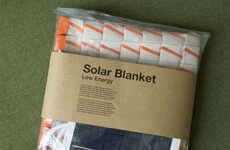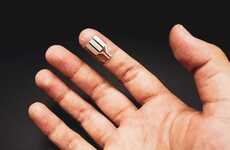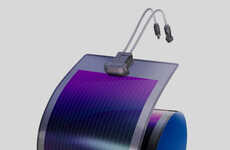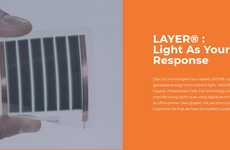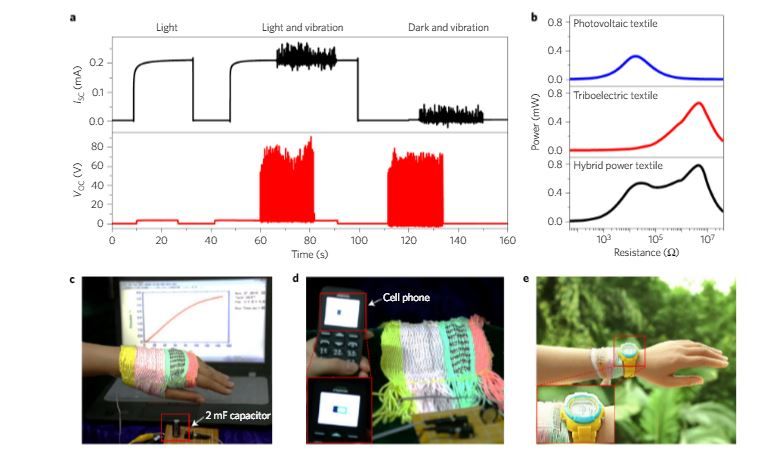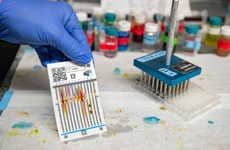
This Fabric Turns Solar and Wind Energy into Electricity
References: nature & arstechnica
Techniques for creating sustainable energy are increasingly common as concerns about climate change continue to escalate, but scientists have developed an energy-generating fabric that puts a sustainable energy source in an unlikely place: in people's clothing. The new technology comes from a team of researchers at China's National Natural Science Foundation and it is able to generate electricity through solar energy and wind energy.
The sustainable energy-generating fabric merges two lightweight polymer fibers, one that's a microcable solar cell and another that acts as a nanogenerator for converting mechanical energy into electricity (as would need to happen for generating wind power.)
Far from being just a theoretical fabric, the Chinese researchers were able to charge a cell phone and power an electronic watch with just a small swatch of the fabric.
The sustainable energy-generating fabric merges two lightweight polymer fibers, one that's a microcable solar cell and another that acts as a nanogenerator for converting mechanical energy into electricity (as would need to happen for generating wind power.)
Far from being just a theoretical fabric, the Chinese researchers were able to charge a cell phone and power an electronic watch with just a small swatch of the fabric.
Trend Themes
1. Energy-generating Clothing - The development of energy-generating fabrics can create disruptive innovation opportunities in the fashion and textile industries for wearable technology and sustainable fashion.
2. Microcable Solar Cells - The use of microcable solar cells in fabric technology can lead to disruptive innovation opportunities in the renewable energy and solar industries for lightweight, portable power sources.
3. Nanogenerator Technology - The development of nanogenerator technology in textile innovation can lead to disruptive innovation opportunities in the wind energy and energy harvesting industries for generating power from motion.
Industry Implications
1. Fashion - The development of energy-generating clothing has disruptive innovation opportunities in the fashion industry for creating wearable technology for fashion.
2. Renewable Energy - The use of microcable solar cells in fabric technology has disruptive innovation opportunities in the renewable energy industry for creating lightweight and portable power sources.
3. Textile - The development of energy-generating fabrics has disruptive innovation opportunities in the textile industry for sustainable fashion and wearable technology.
5.1
Score
Popularity
Activity
Freshness

